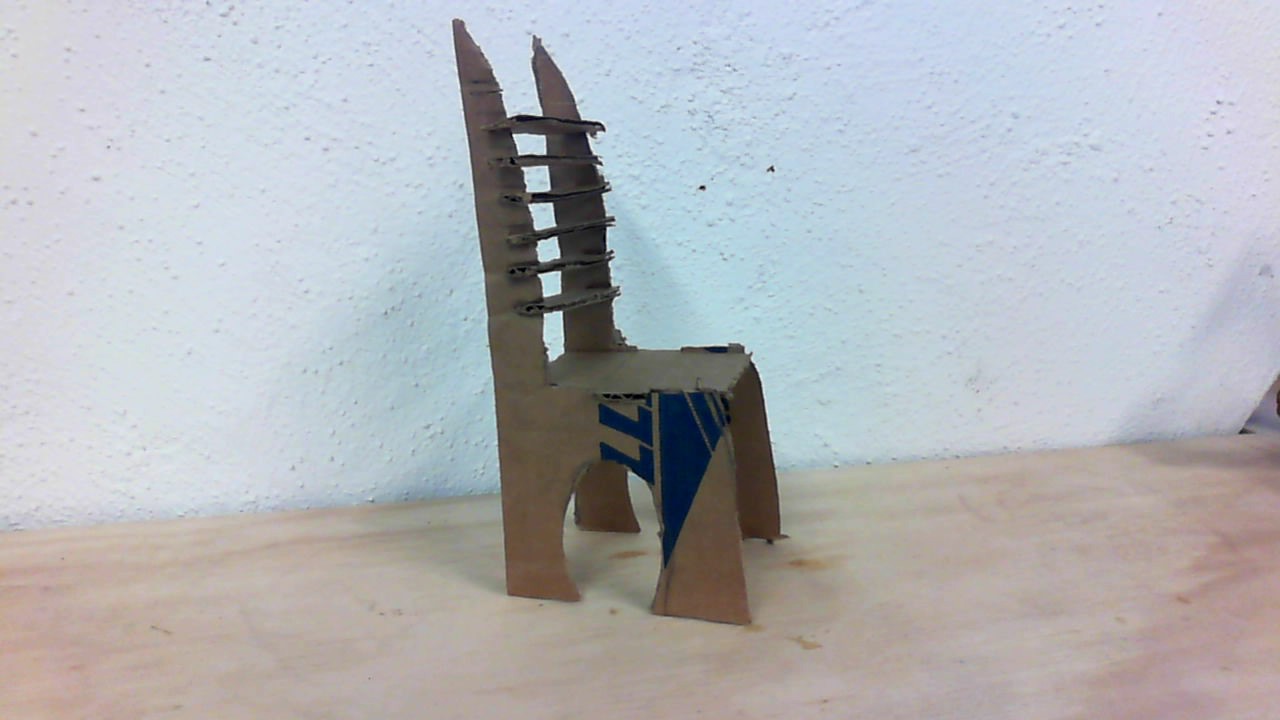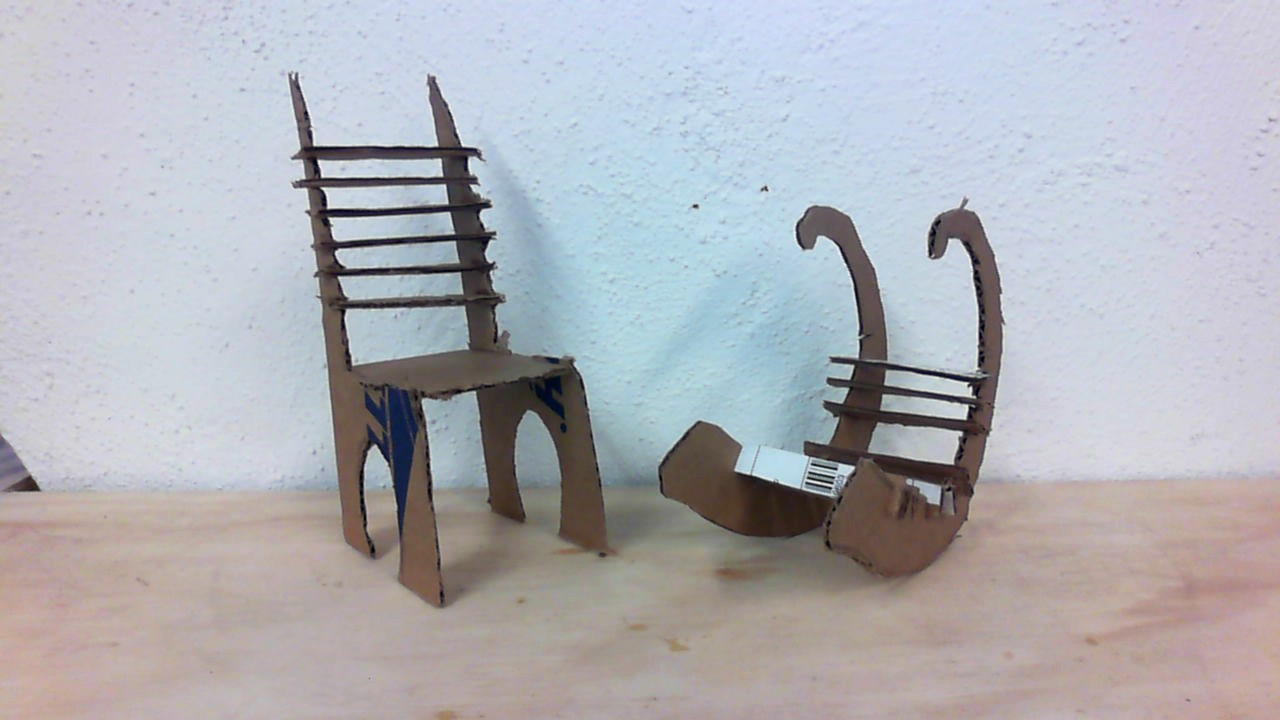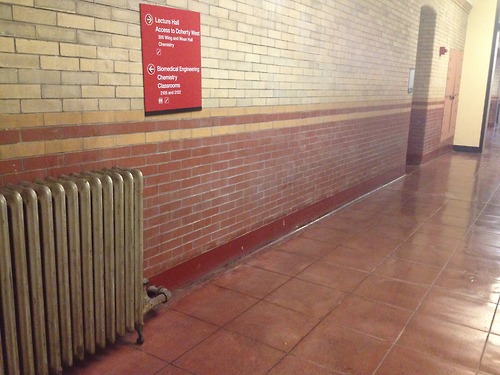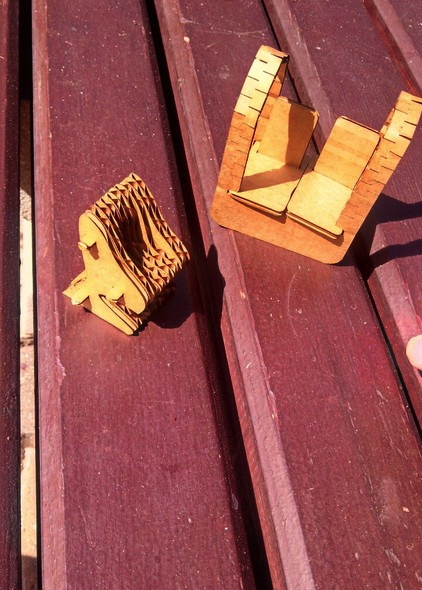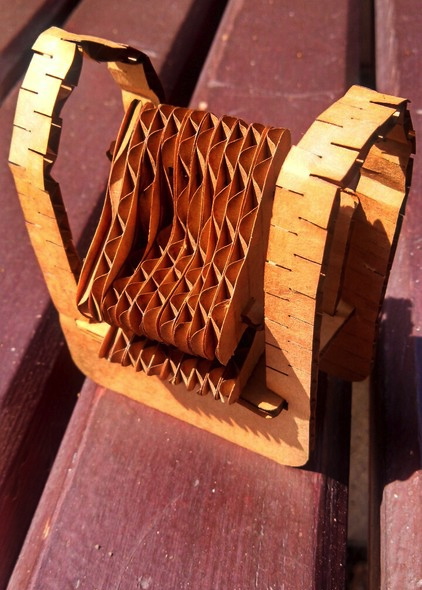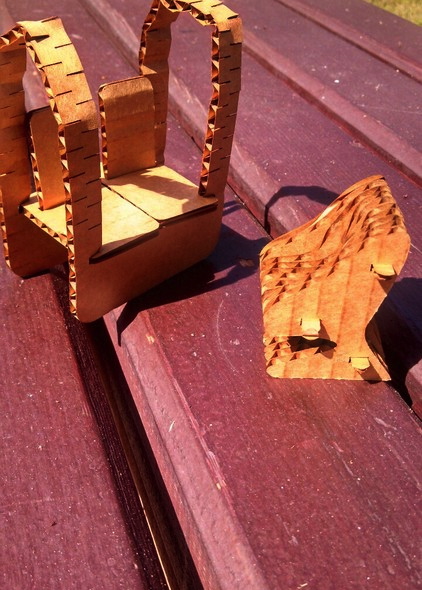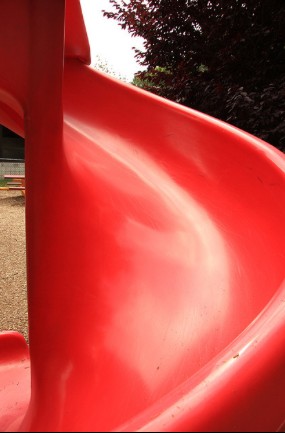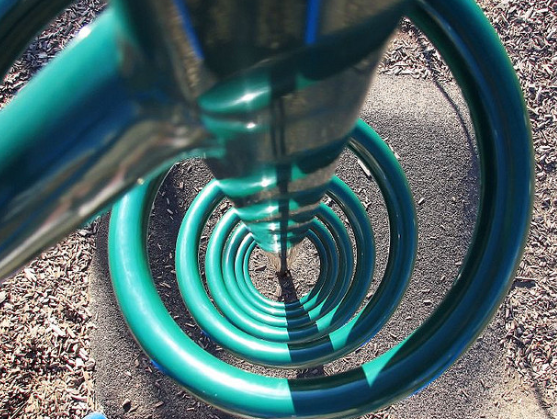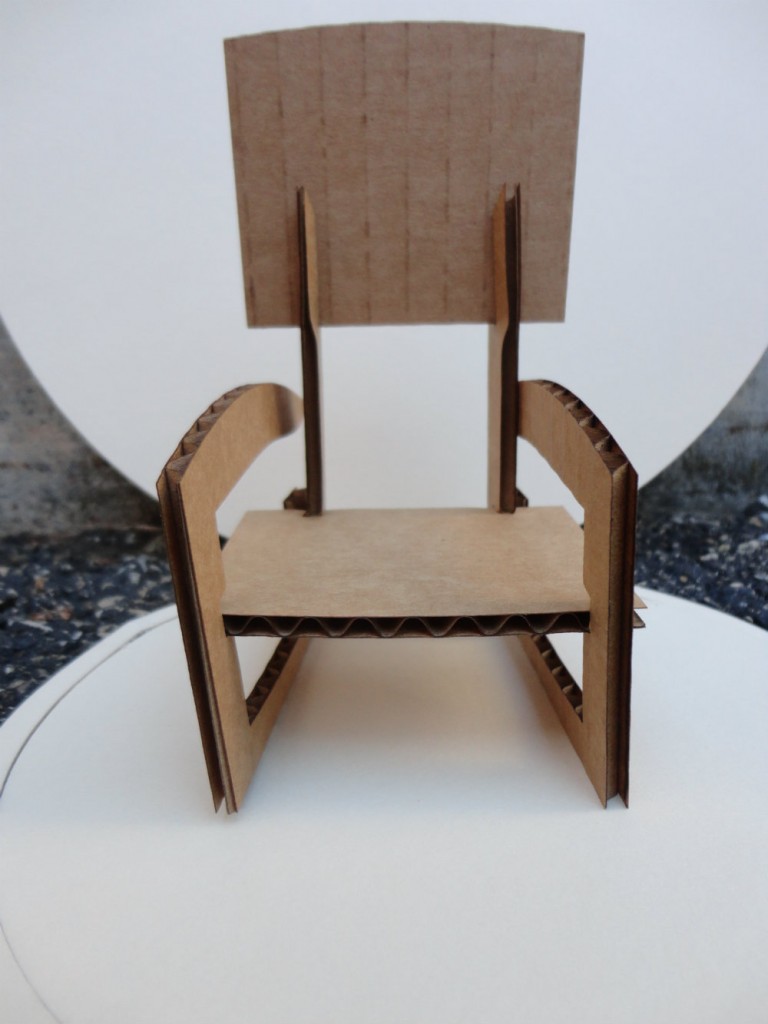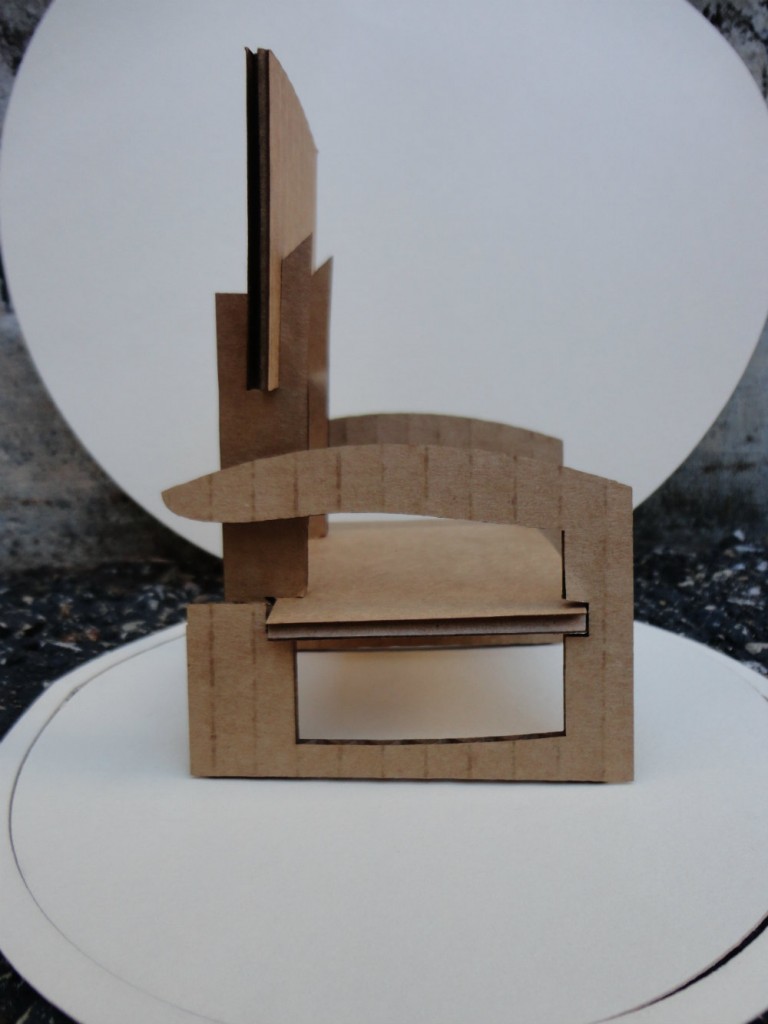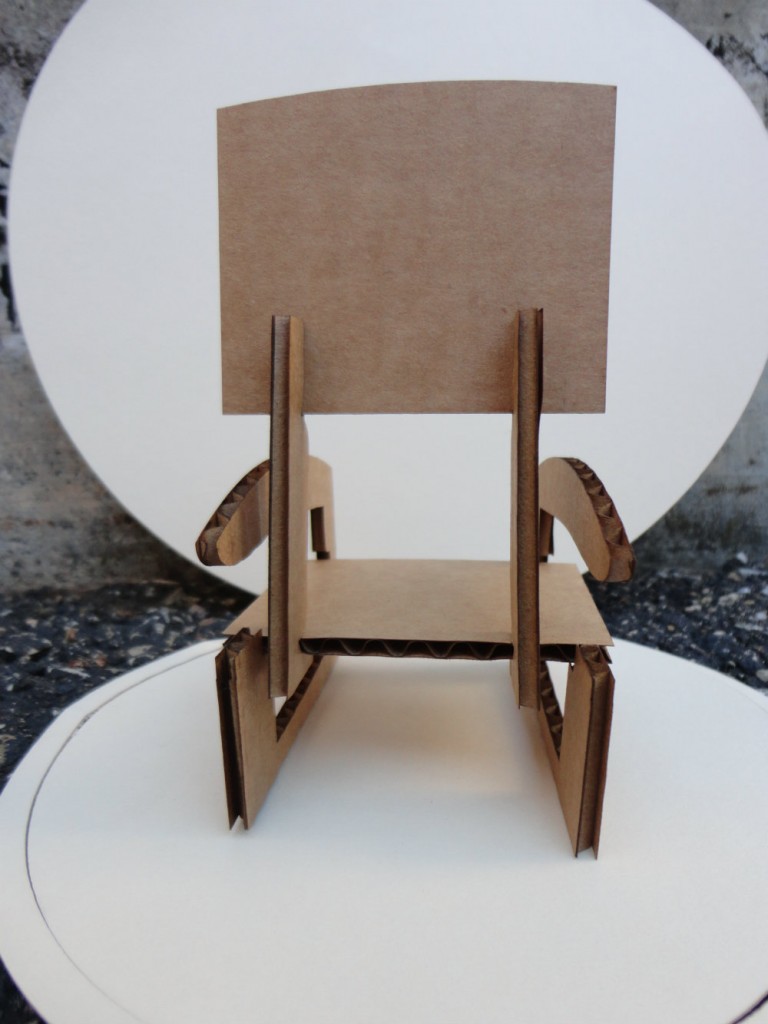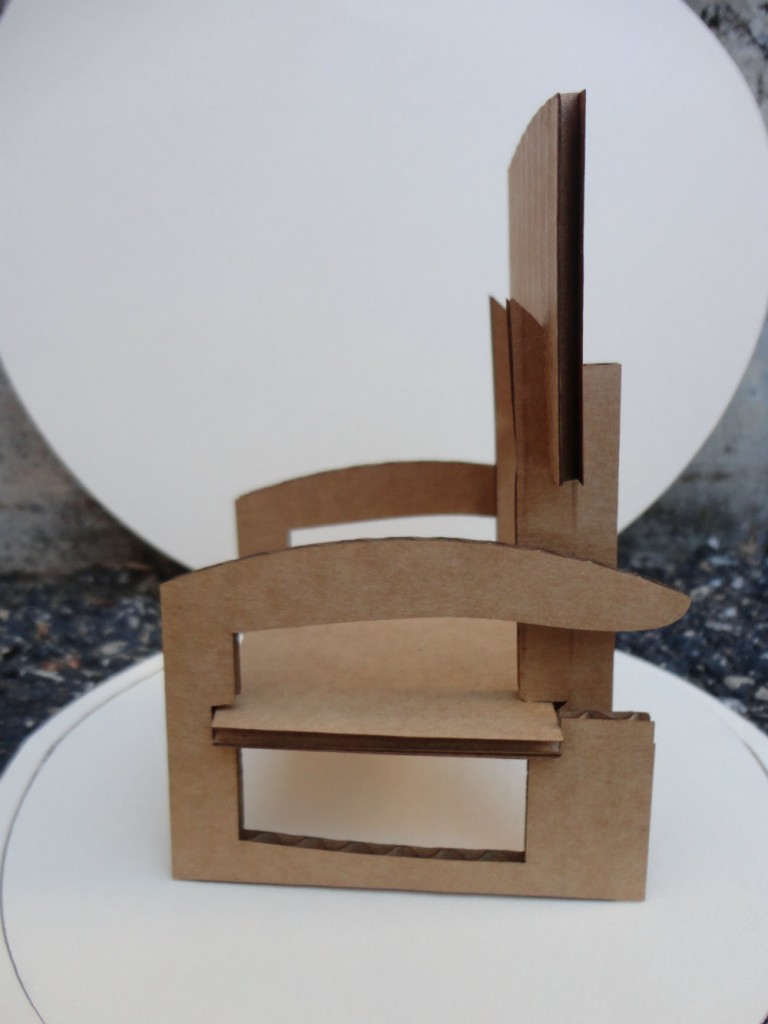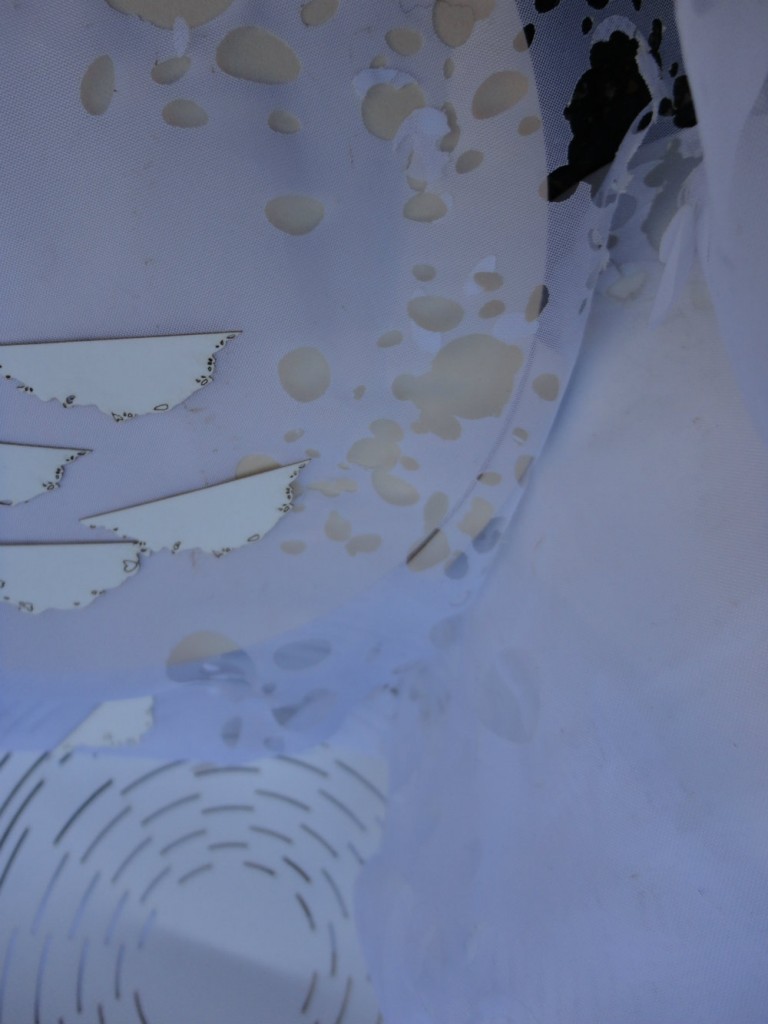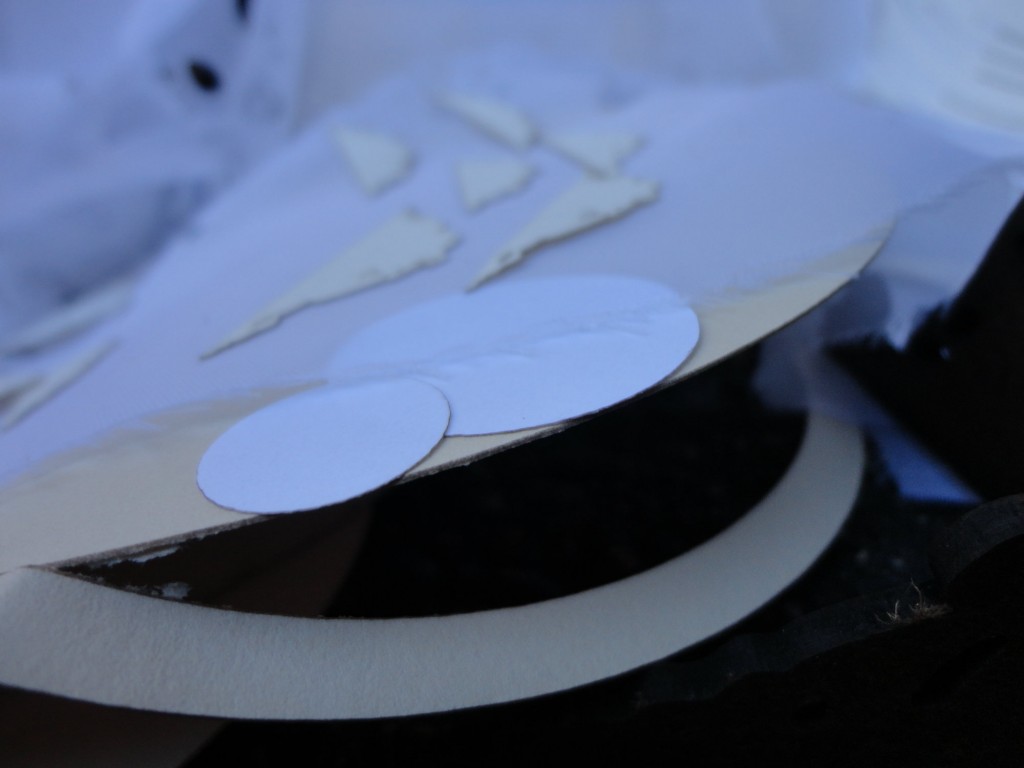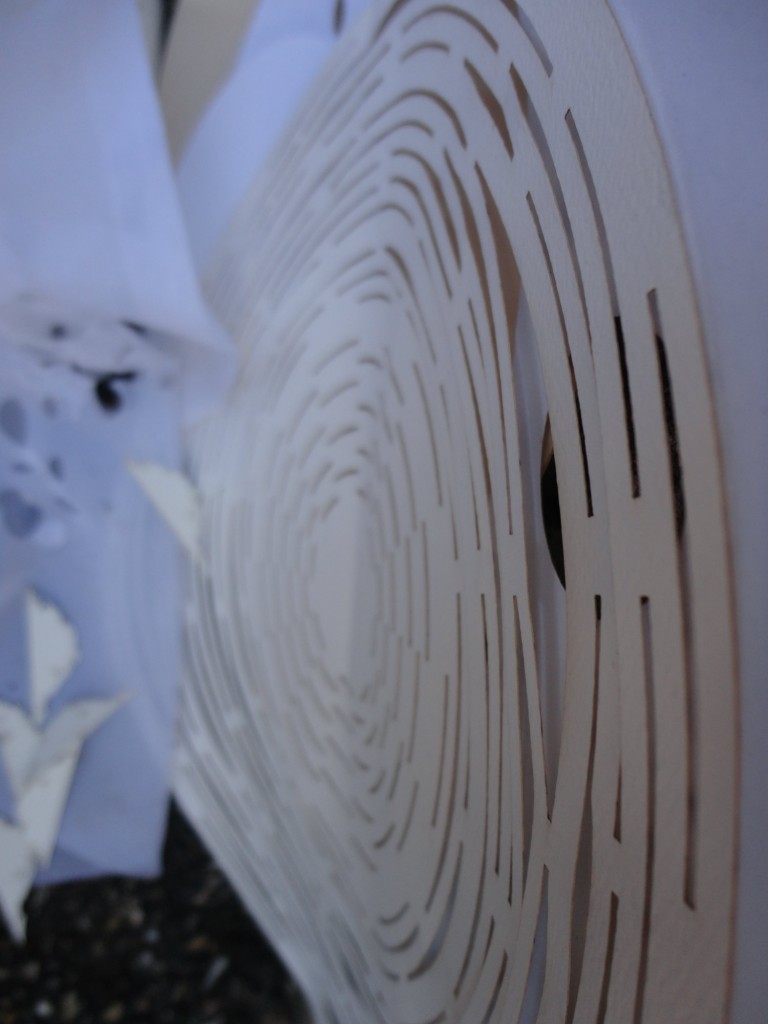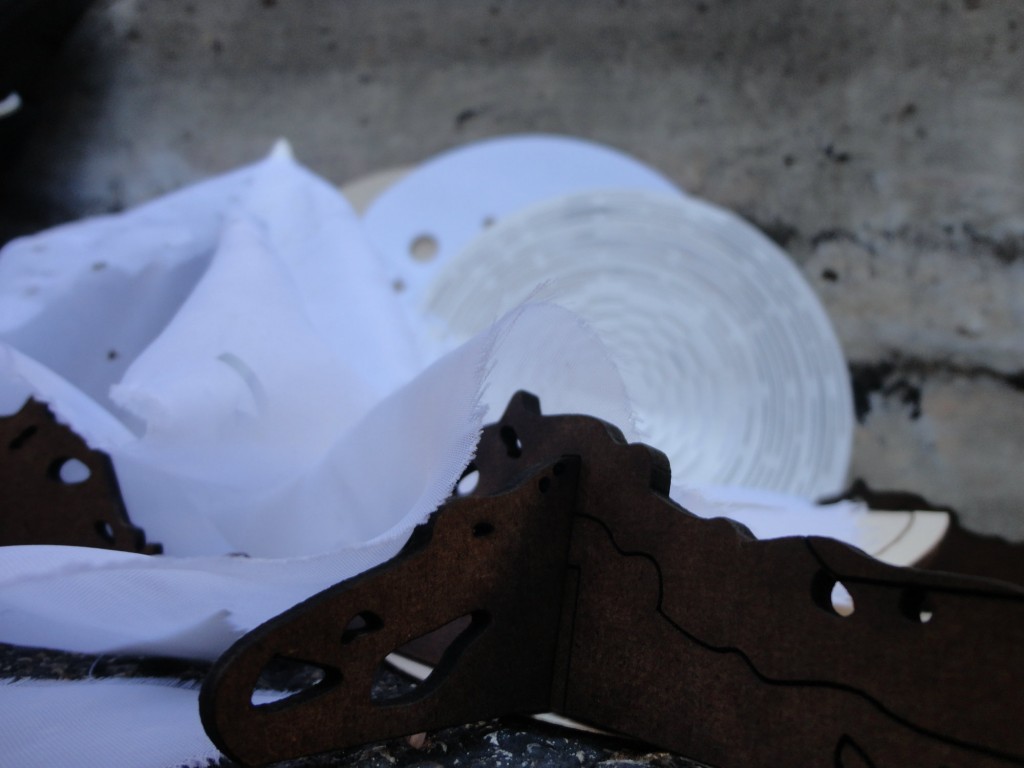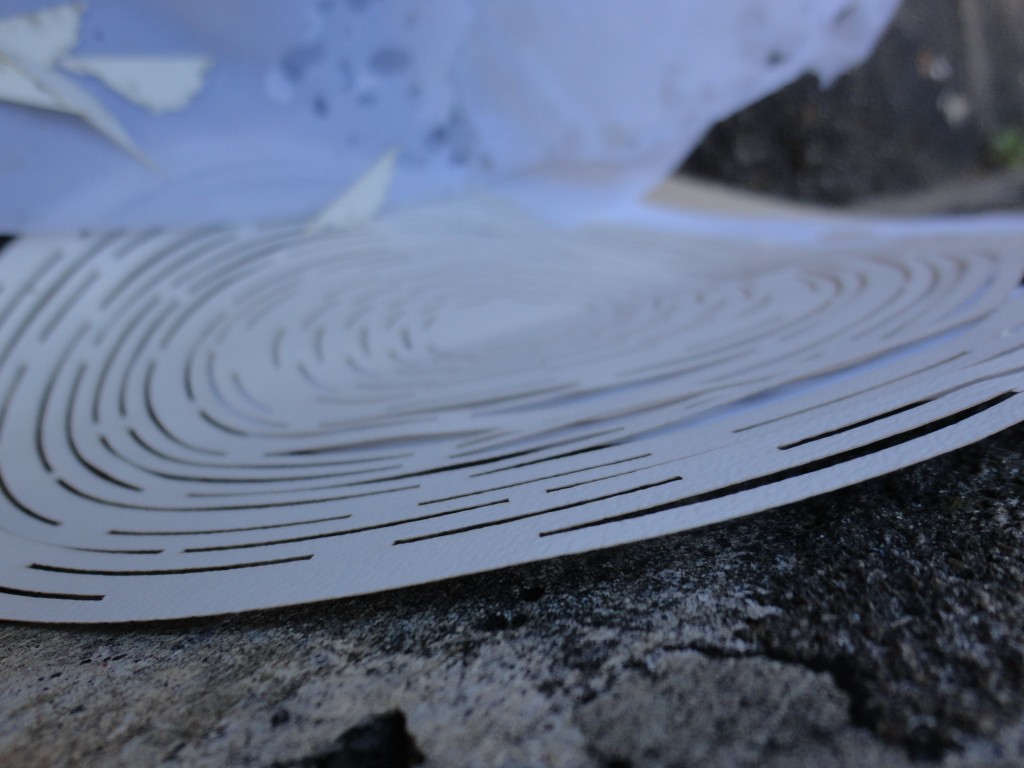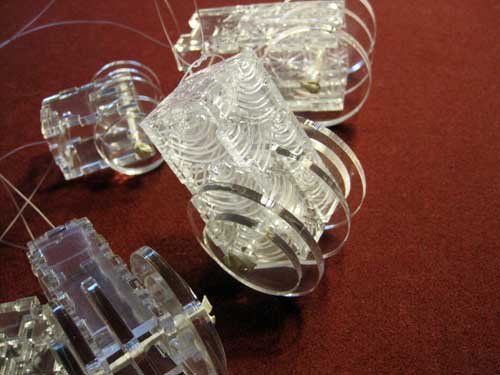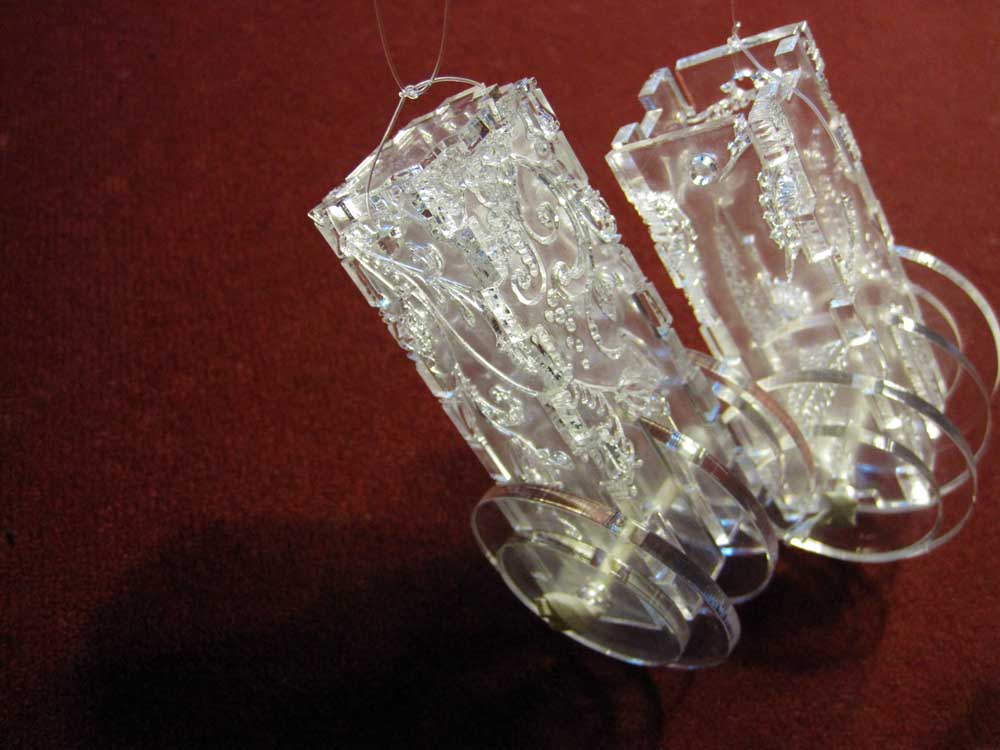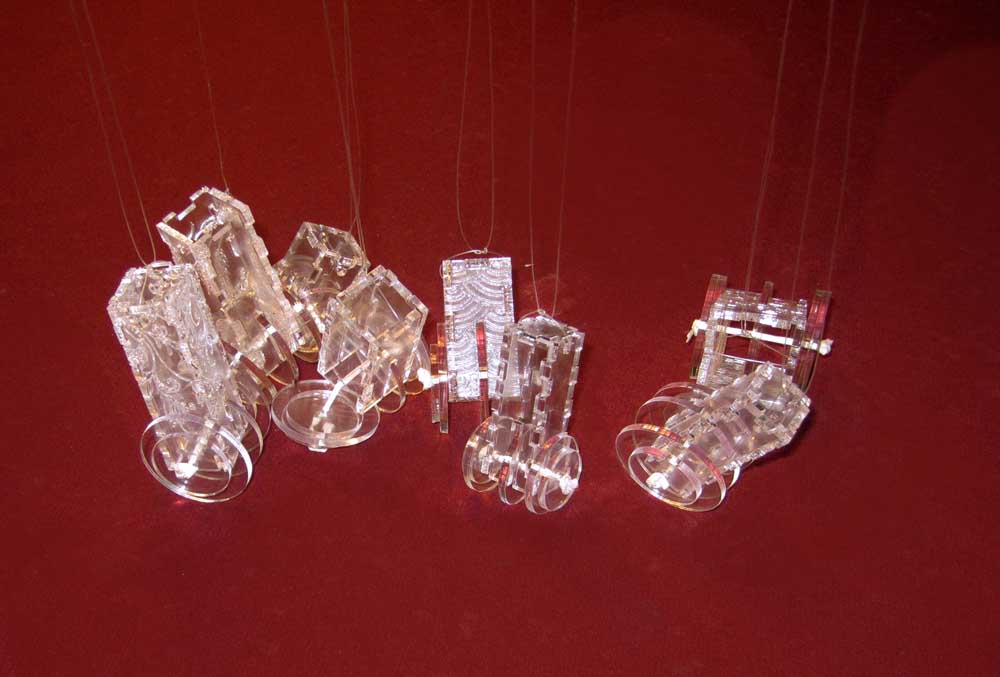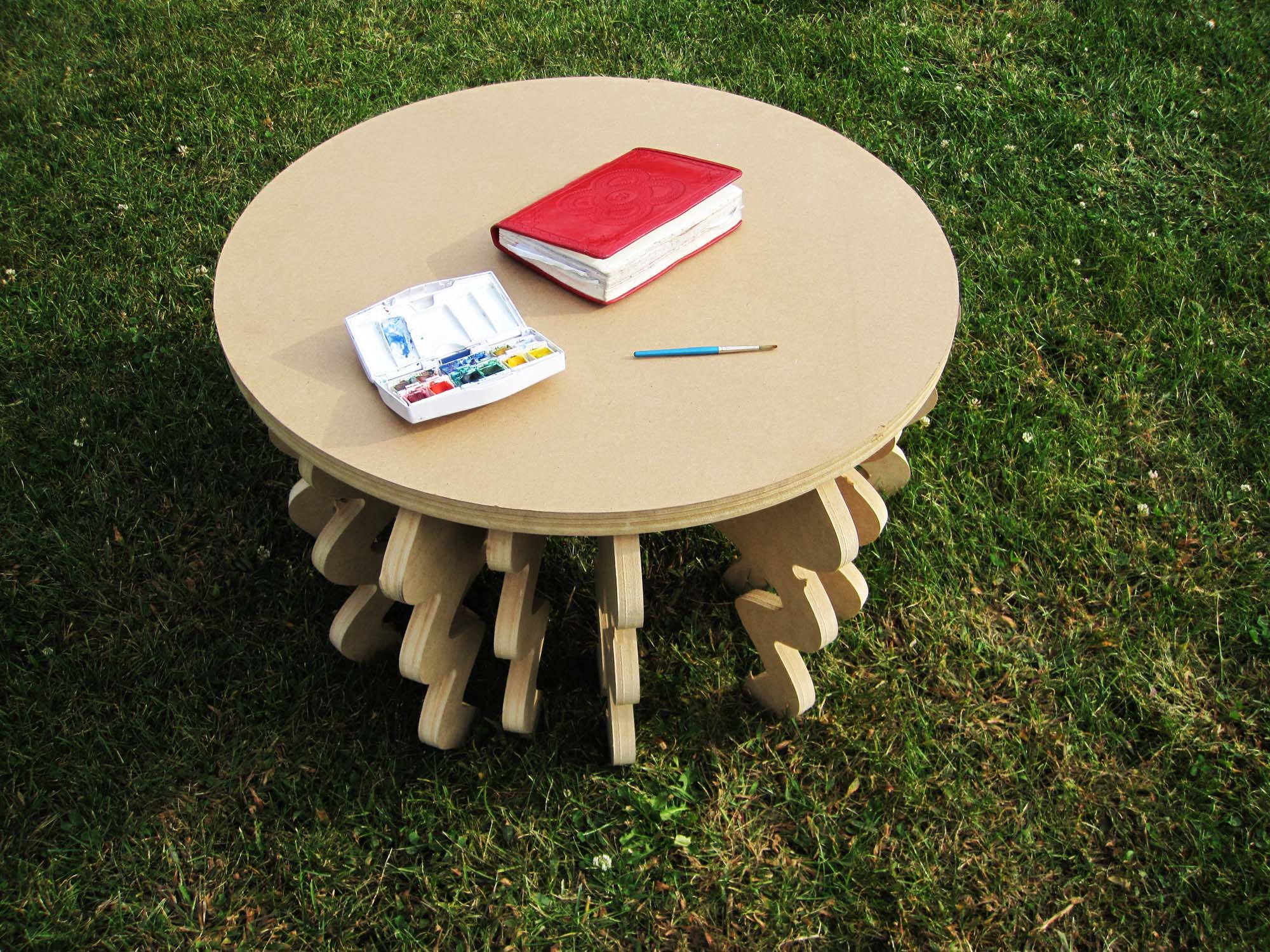
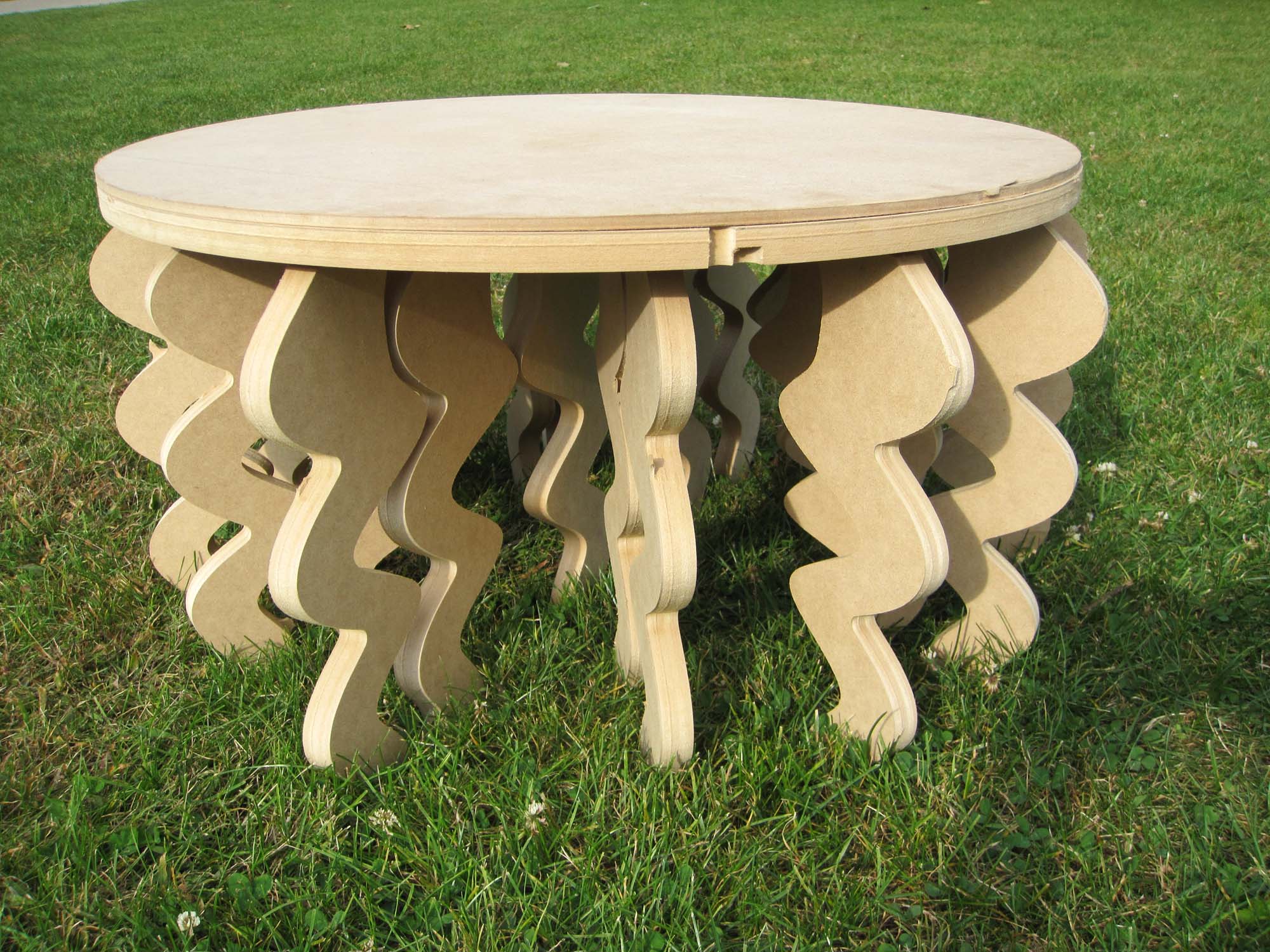
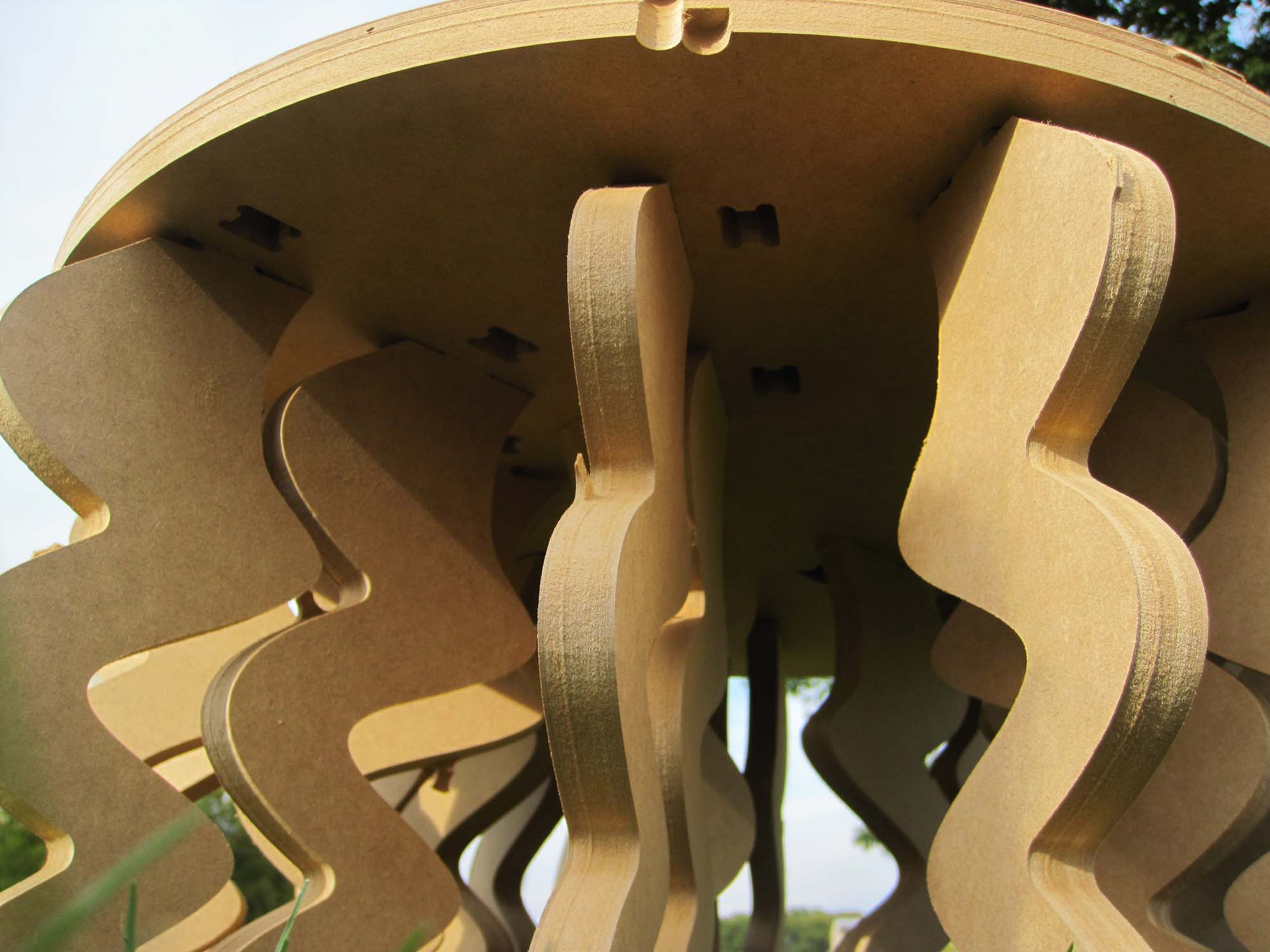
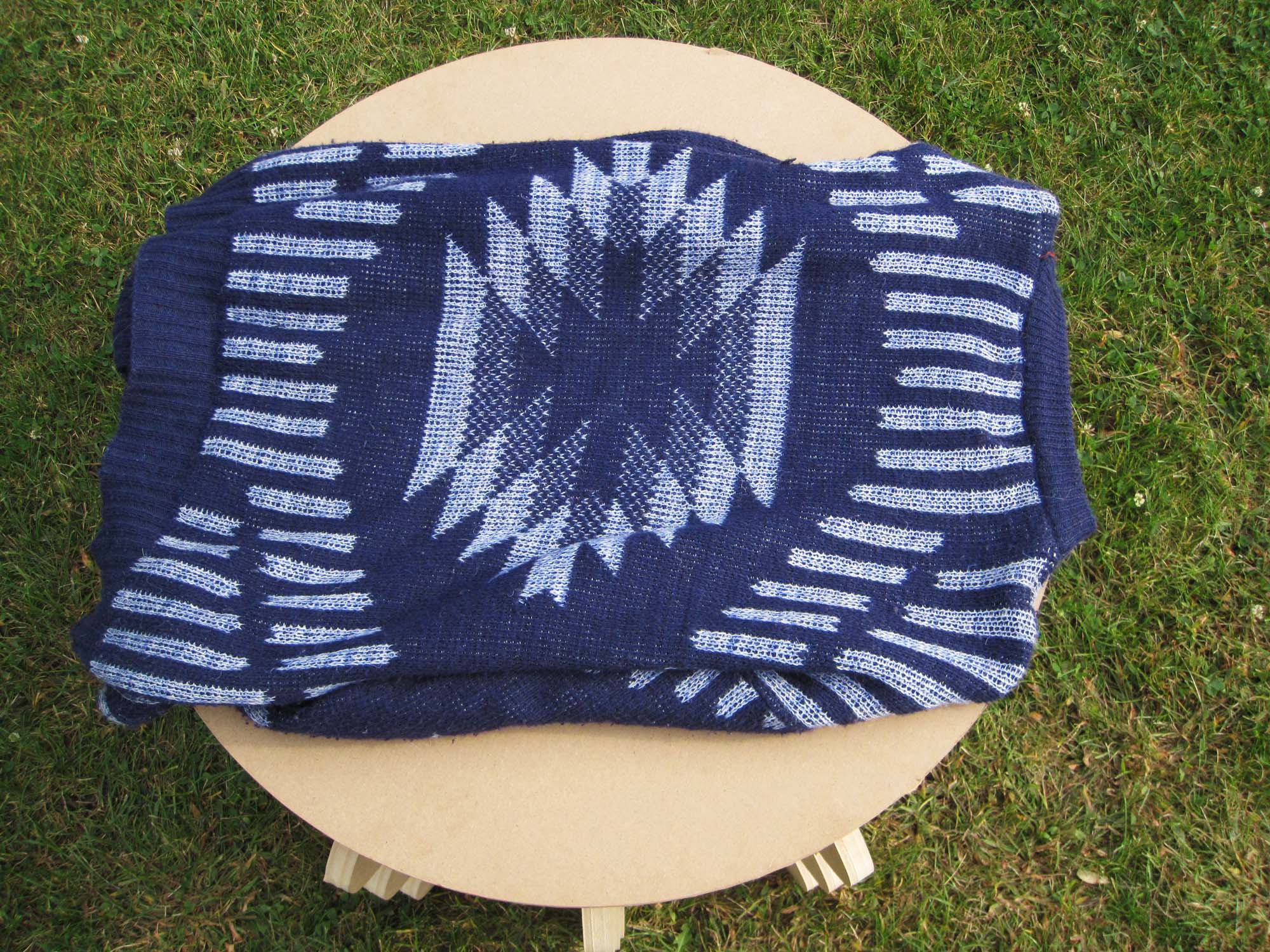 Visually, this chair came out the way I envisioned it, but it was not physically secure. The triangular support pieces I made did not fit correctly and I had to leave them out. I plan on making pieces to secure the legs against the table top on both sides in the next version. I will also make it so the legs do not connect all the way to the surface. This time to hide the ugly bruises of the legs sticking up, I cut another circle to place on top. I found the size of the seat and the height of the chair to work for the idea I was trying to capture. On the next version, I want to make the placement of the legs look more purposeful. I did very carefully choose where to put the legs, but it seems from the sideways view, very random. Another addition I would make is a cushion. A flat surface as a chair is not meant to be something to lounge on, but at the moment, it would be difficult to even relax with how hard the chair is.
Visually, this chair came out the way I envisioned it, but it was not physically secure. The triangular support pieces I made did not fit correctly and I had to leave them out. I plan on making pieces to secure the legs against the table top on both sides in the next version. I will also make it so the legs do not connect all the way to the surface. This time to hide the ugly bruises of the legs sticking up, I cut another circle to place on top. I found the size of the seat and the height of the chair to work for the idea I was trying to capture. On the next version, I want to make the placement of the legs look more purposeful. I did very carefully choose where to put the legs, but it seems from the sideways view, very random. Another addition I would make is a cushion. A flat surface as a chair is not meant to be something to lounge on, but at the moment, it would be difficult to even relax with how hard the chair is.

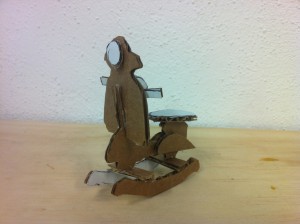

For my chair project, I wanted to create a piece of furniture that I could get use out of after its creation, and since I have an abundance of seating for adults in my apartment already, I decided to create something for my daughter that her and her friends could use. In imagining a conversation between two children or babies, I realized that a conversation in chairs would be difficult for any child since they have such trouble sitting still. Children like to move and play – so the chair should encourage and work along with that desire to move: a rocking chair — better yet, a rocking horse! But I wanted give a different sense of adventure – horses are too rural. The idea of a vespa came to mind; it could give a new sense of adventure and exploration. Vespas are iconic to give a sense of place (Italy) but they are also advertised as an icon of freedom and youth. I have studied abroad in Italy so I have that connection, but the world as a whole is also becoming more global. Vespas were created to allow people to navigate the narrow alleyways in Italy and also allow for women to ride wearing long skirts. Vespas are now used quite often in Urban spaces in various countries. The idea of two babies conversing on an item that inspires a more adult use appeals to me. I imagine children talking about future adventures they may have. I found an example here.
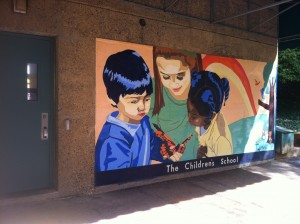
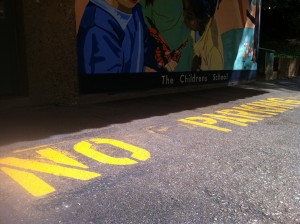

When I studied in Italy, I was excited by the amount of graffiti I saw in Milan. In fact, most store owners would commission artists to paint their garage doors, because any blank space was sure to be tagged eventually. Graffiti represents art, rebellion, youth, anarchy, identity, and a story that someone wants to tell by claiming a space. To use a chair that so closely ties to Italy, I also have to connect the location the chair would occupy. Graffiti and concrete will pull together the scene. Especially the space on my college campus that is utilized by the Children’s School. I look forward to juxtaposing inexperience youth with a scene more readily recognized as pertaining to young adults.
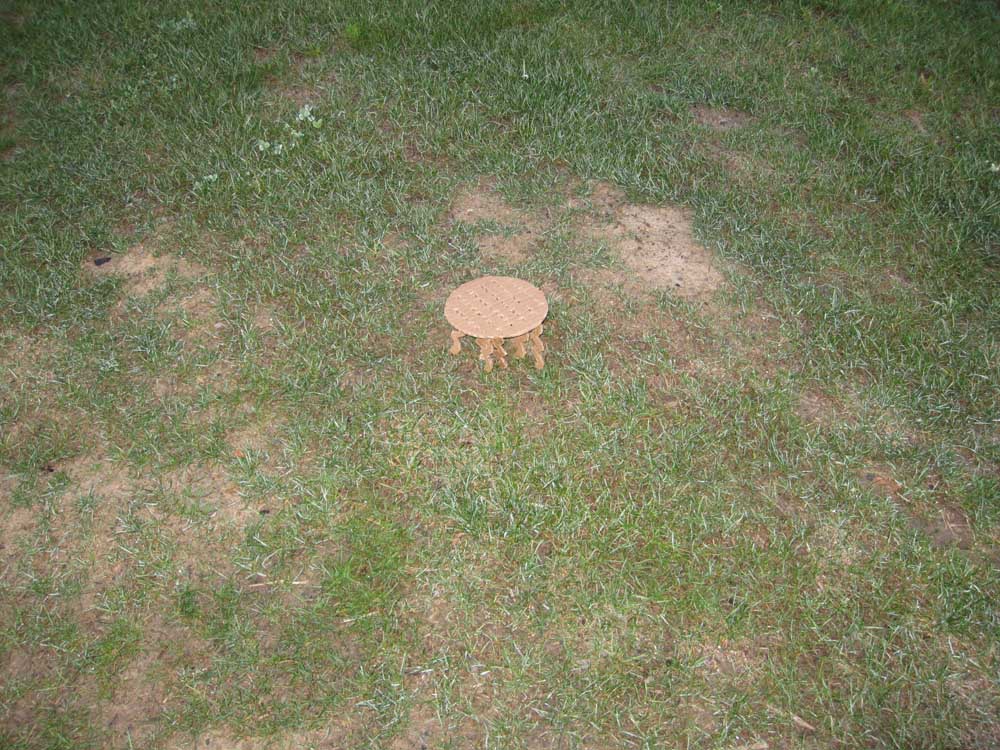
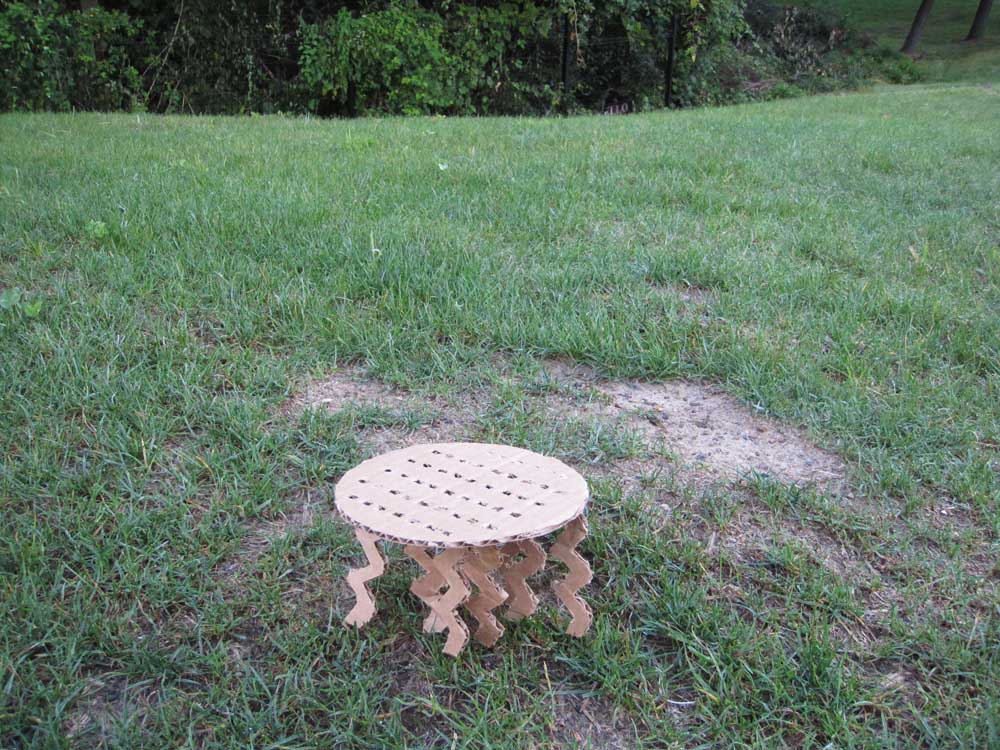
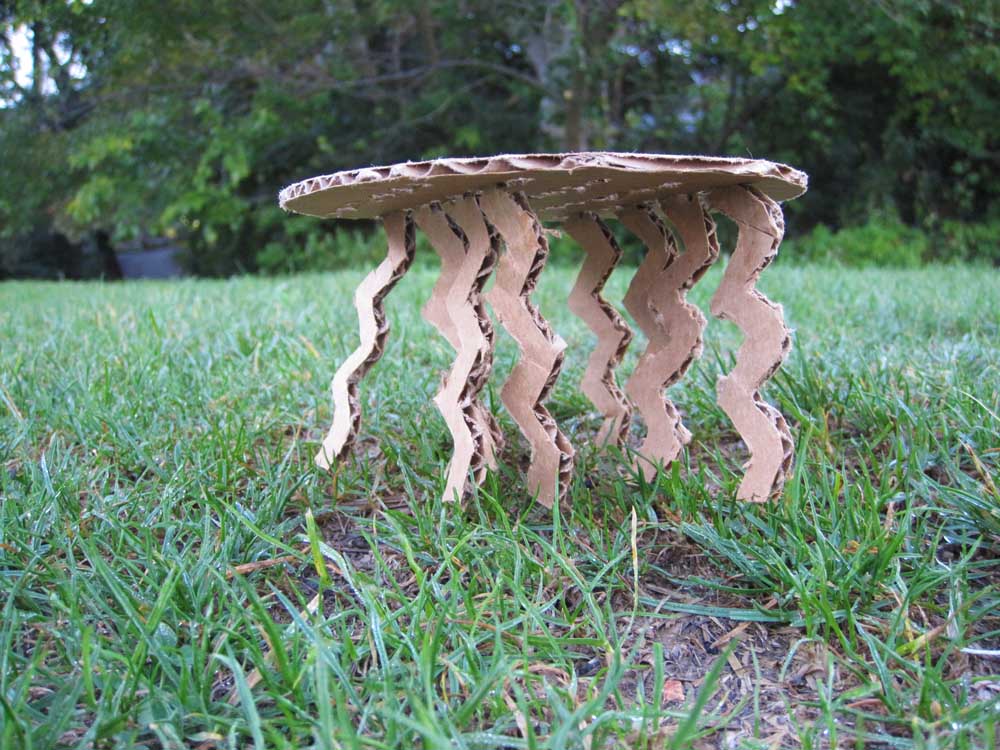

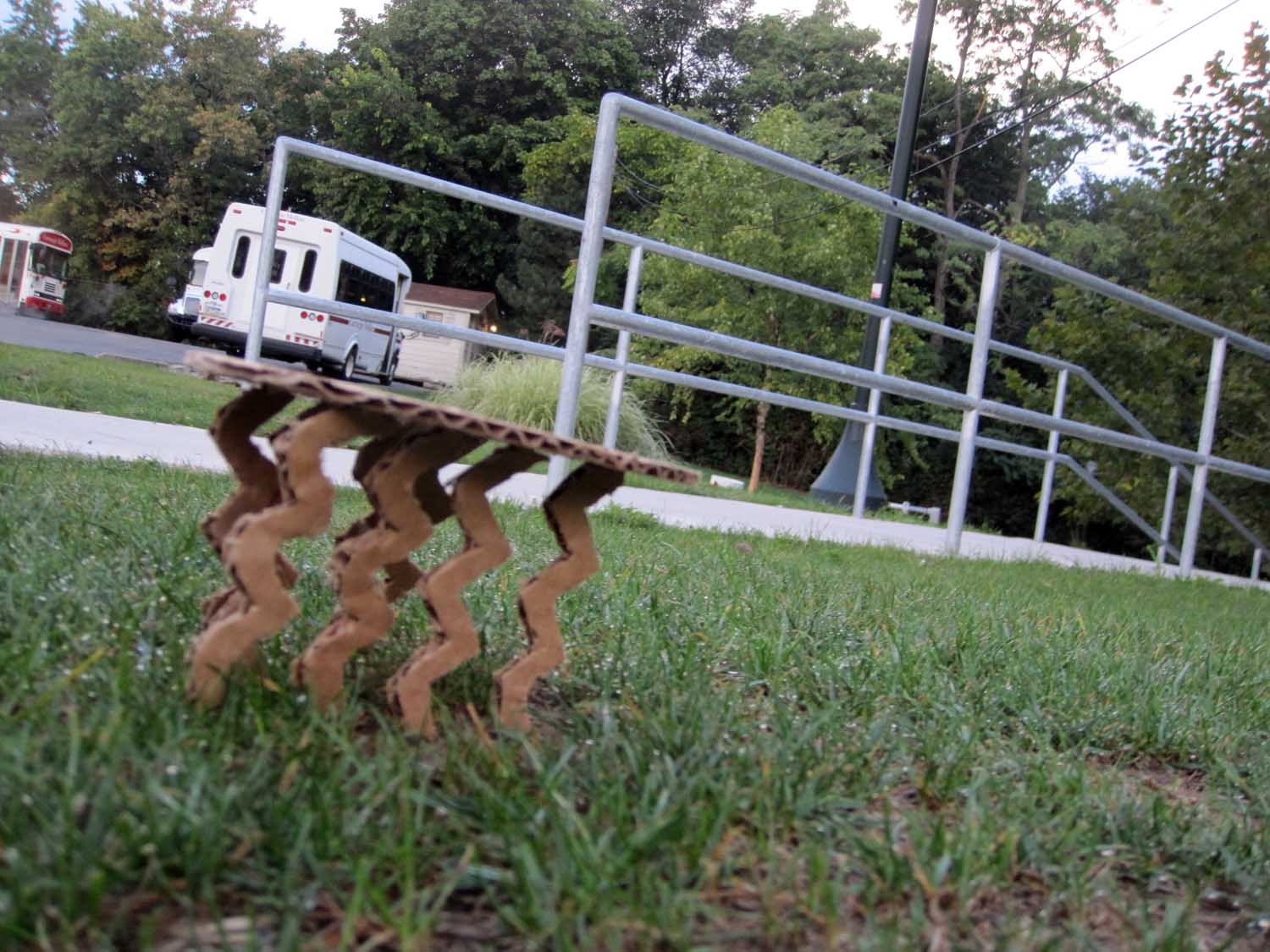
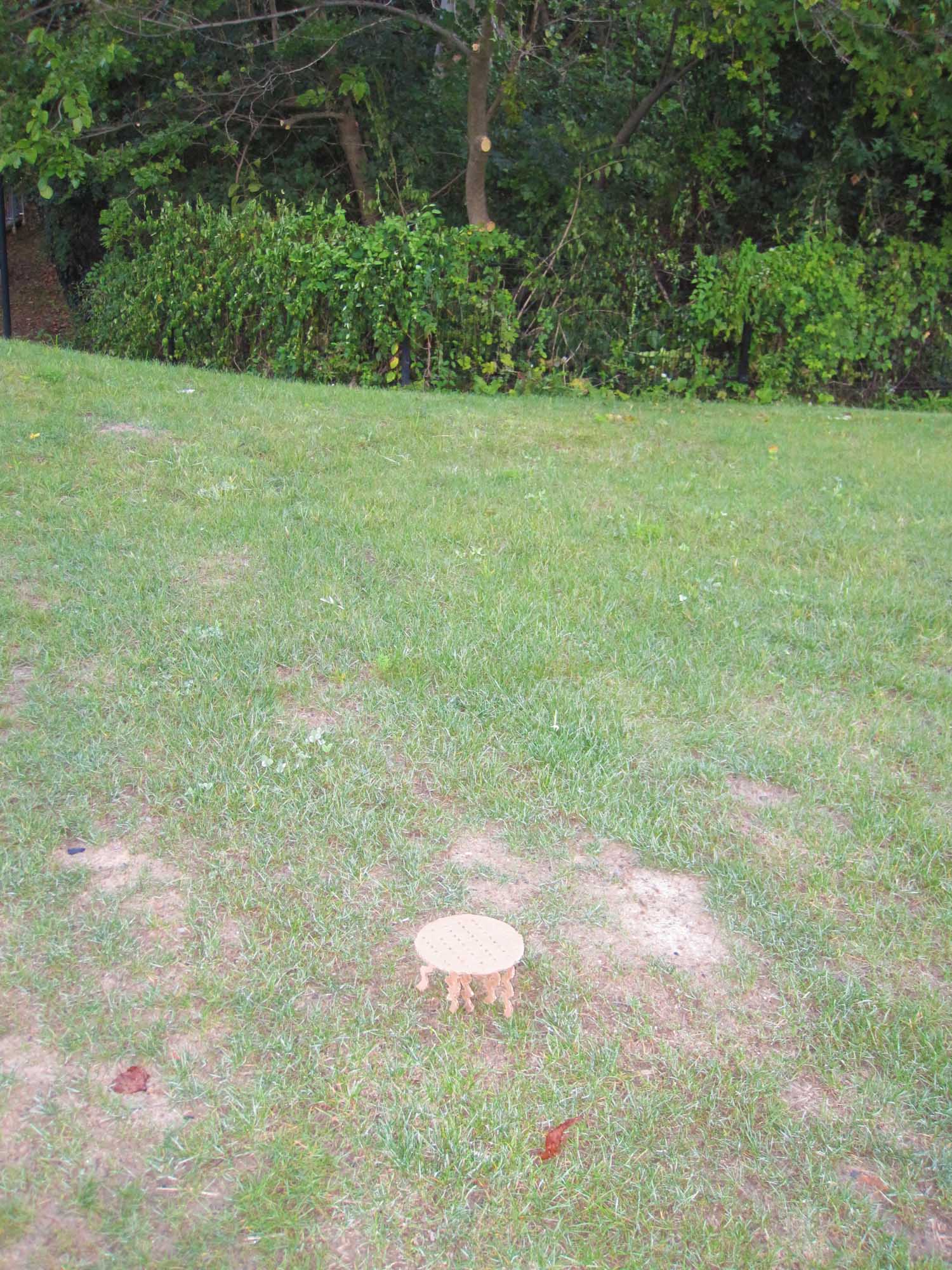
I went to a Quaker High School for three years, but it wasn’t about religion or god. It was about inner peace and meditation. I imagine this chair being used in that mindset for an intimate conversation or a group reflection similar to a Quaker meeting. Quakers sit quietly until they feel the need to speak. This is the environment I want to create. I want the sitters to be surround and close to nature which is the reason for the low seat. I want to sitters to find inner peace and connect to the people around them. This chair can be anywhere where you can reach your hand down and stroke a blade of grass or a leaf. I chose to place the chair on a little clear grass next to the Morewood parking lot on the way to my dorm. People can stop, think, and converse here. College students and the community can find a moment of peace in the middle of their hectic lives.
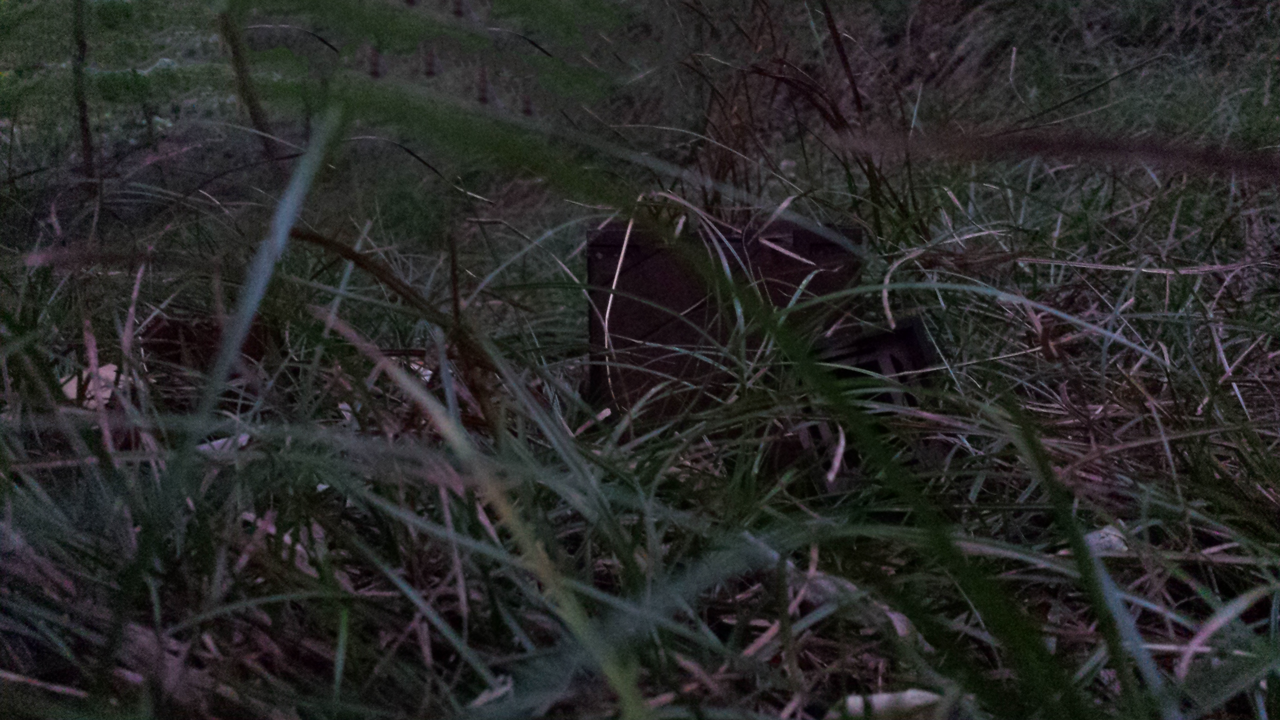
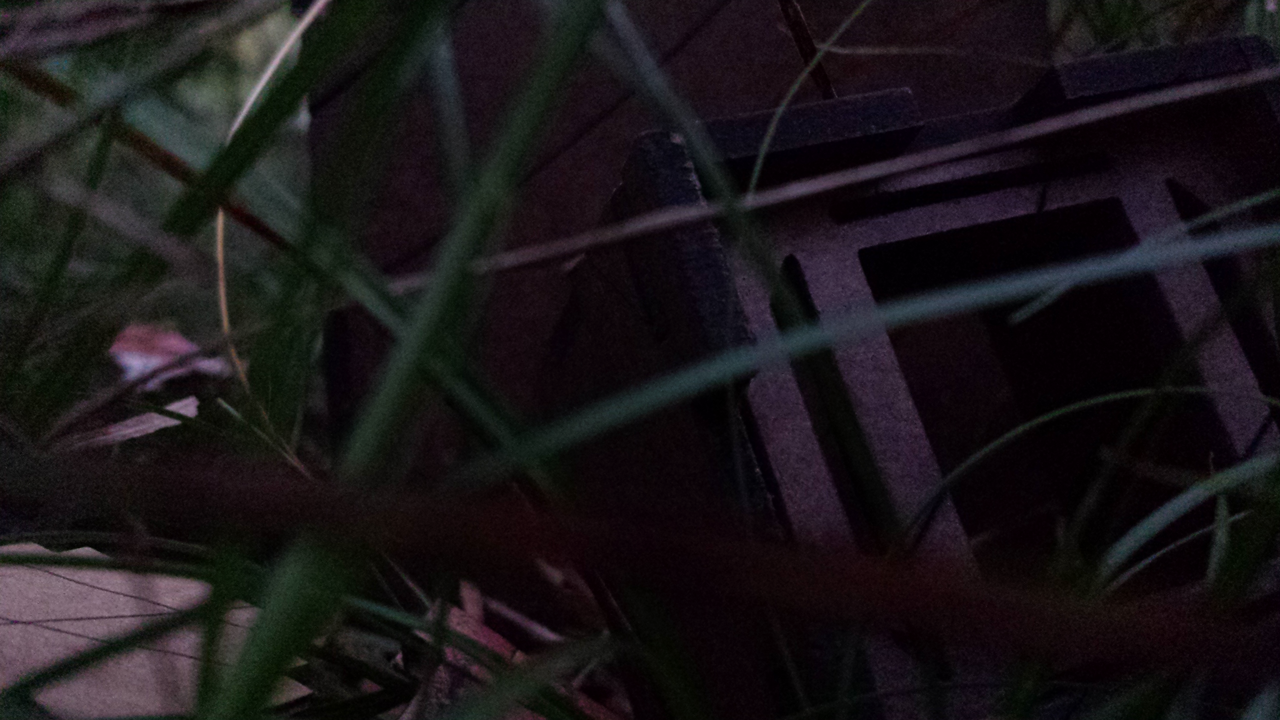
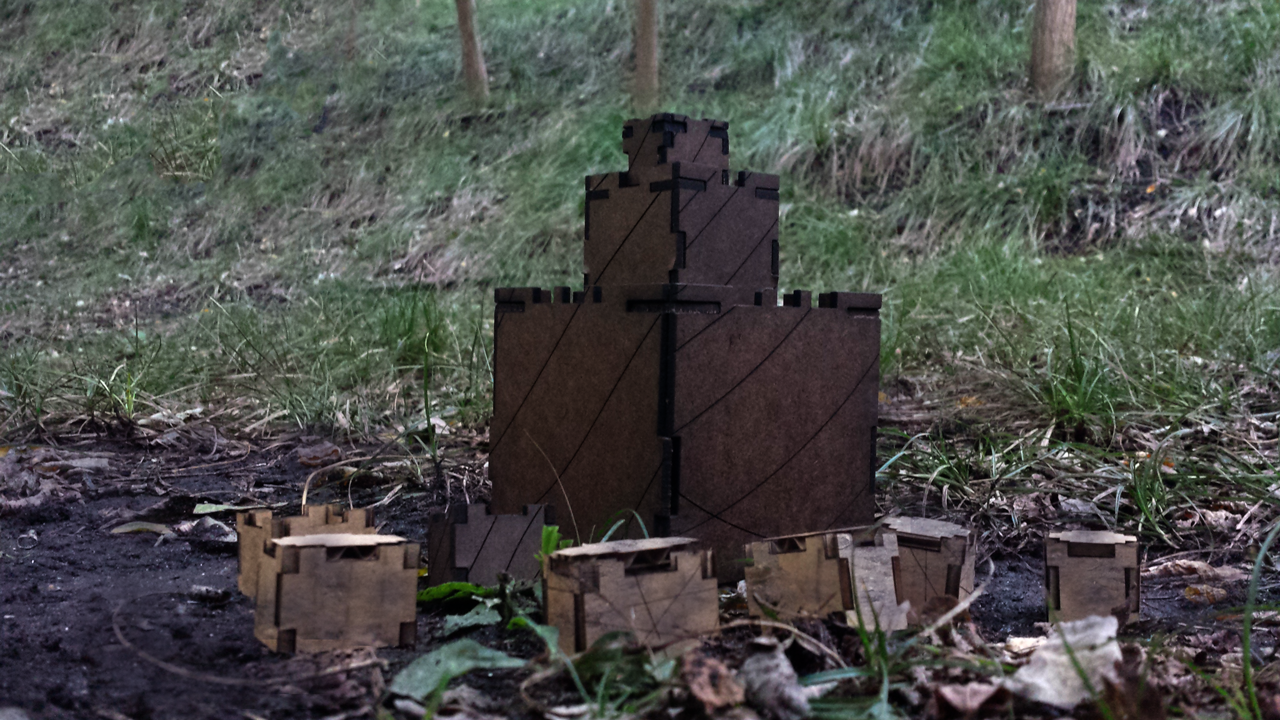
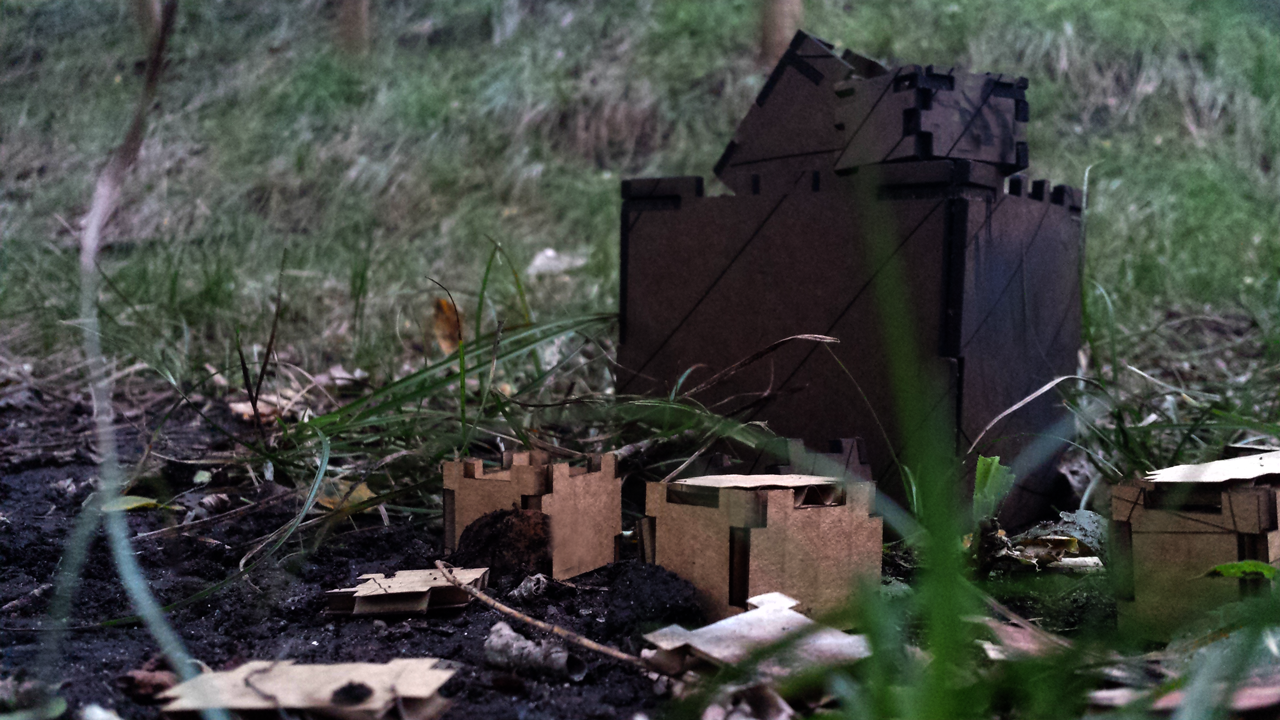
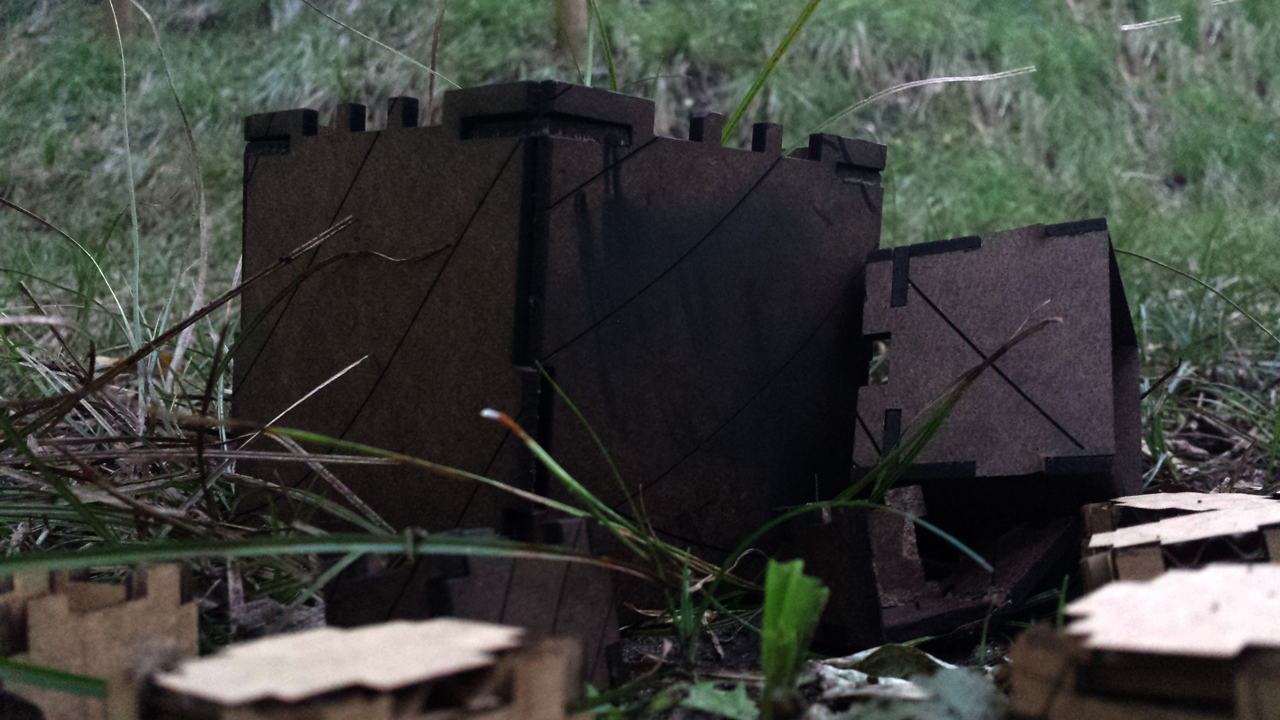
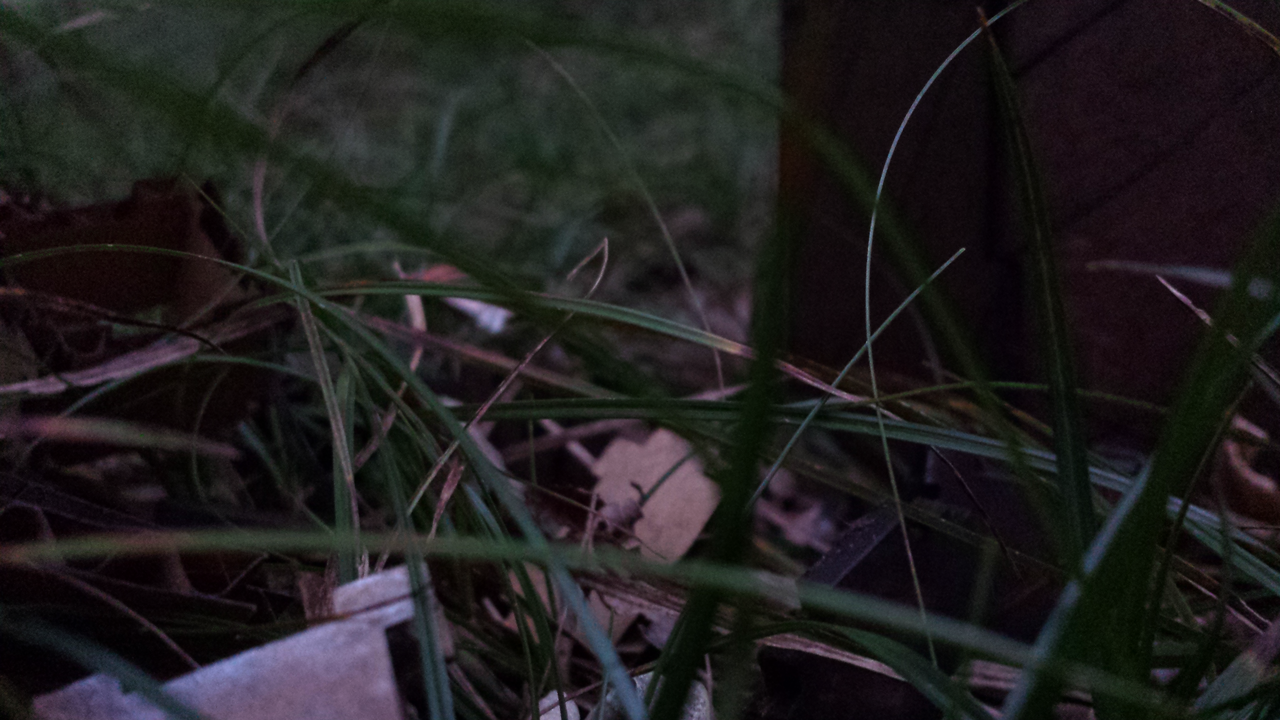
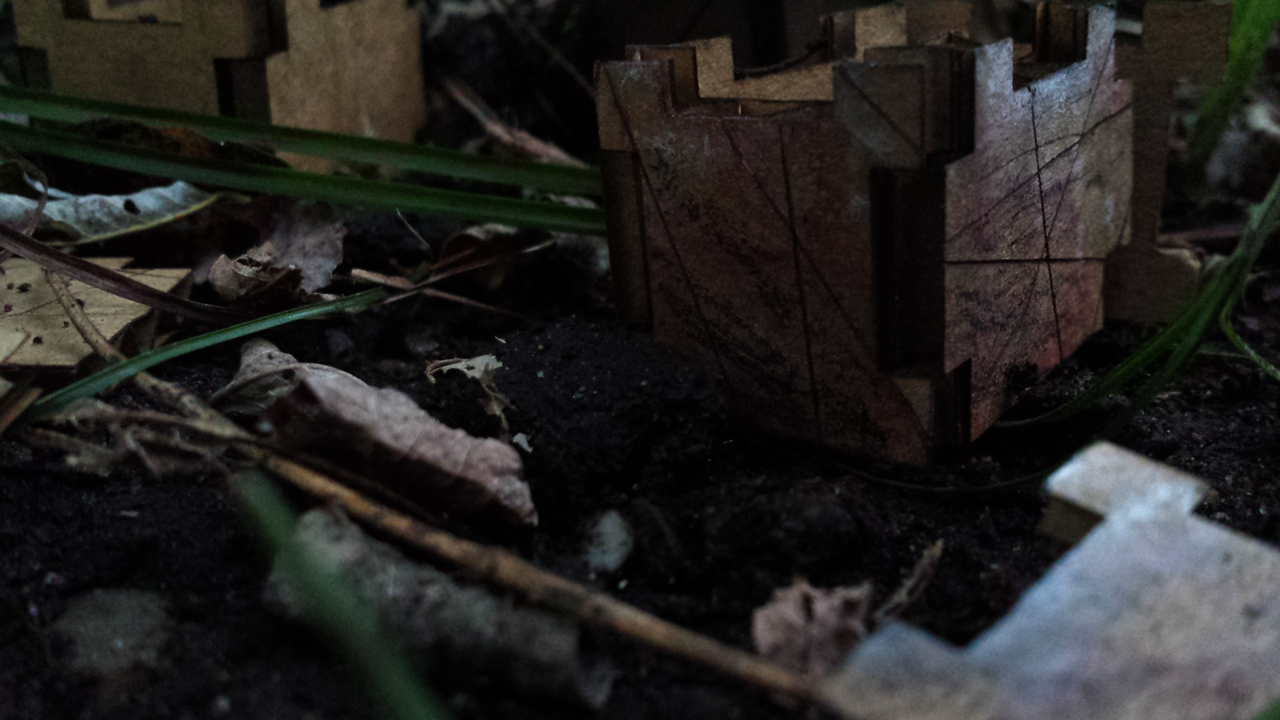
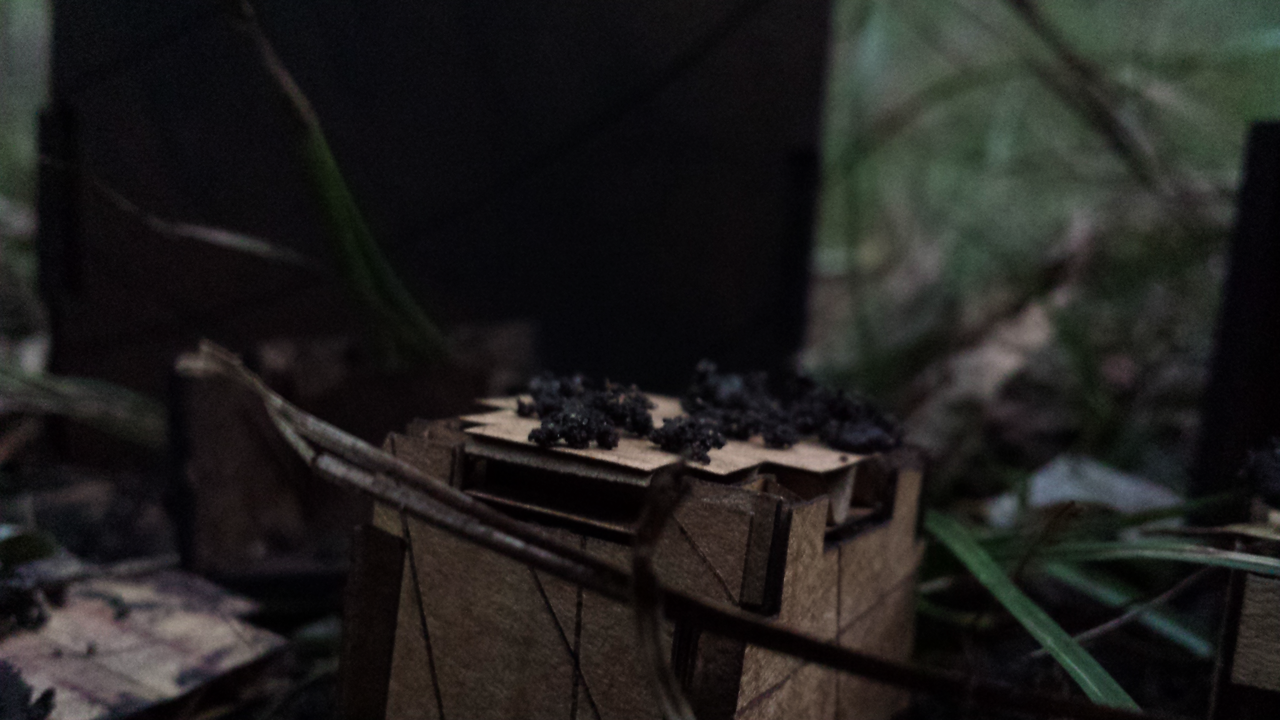


Hidden behind decades of desertion and unforeseen fallibility, lies the ruins of the once great, Behemoth. Unable to power it’s reign of tyranny any longer, the machine that claimed the minds and souls of generations, collapsed upon itself; choked by the weight of the iron from which it once gained its strength. The ominous power of the Behemoth is now consumed by the growth of the same earth from which its metals were once forged. From steel and stone, a habitat of prosperous green life now arises.







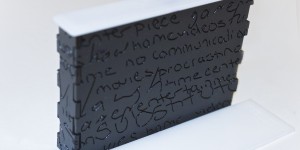


As I set out to create a story about an imaginary habitat, I wanted to focus on the idea that inhabitants are what make a habitat more than just a place. I relied on my own home environment to draw inspiration for representations of habitats and inhabitants. I focused on how people can occupy the same space in such different contexts. How do people choose to interact with a place? At the same time? At different times? While co-inhabiting, what are there relations with that space and with each other? How do they feel about a space and the objects in that space? What do they associate with those things? How do the meanings of those spaces and objects differ between people?
The pieces are made from 1/16″ black and white acrylic.
Using a pristine, white overview of my apartment’s layout to establish space and relation of objects to each other, I set the ground for a narrative to be created by the people who interact with that space. I begin by dripping purple acrylic paint over the scene, mapping out how I perceive my boyfriend to move through the space and I strategically draw attention to the objects he spends the most time with, especially when he’s not interacting with me. My boyfriend similarly routed where he perceived me to spend most time, using pink acrylic paint. In the end, it became obvious that (in my mind) he spends most of his time in the corner (at his desk) or on the right side of the bed. (In his mind) I spend most of my time in another room (on the couch) or on the left side of the bed. We use the kitchen and table spaces very rarely.
The next portion of my project details our more personal associations with the objects in our apartment. For each item, my boyfriend and I wrote words that came to mind when interact with it. I scanned those words in, and vectorized them in order to engrave them on the base pieces of the furniture. Words like “privacy” appear on things like our shower. My boyfriend associates his desk with simple themes such as “computer” or “internet,” while I perceive the space with words like “neglect” or “mindless” because of the amount of time he wastes there without interacting with me.
 Visually, this chair came out the way I envisioned it, but it was not physically secure. The triangular support pieces I made did not fit correctly and I had to leave them out. I plan on making pieces to secure the legs against the table top on both sides in the next version. I will also make it so the legs do not connect all the way to the surface. This time to hide the ugly bruises of the legs sticking up, I cut another circle to place on top. I found the size of the seat and the height of the chair to work for the idea I was trying to capture. On the next version, I want to make the placement of the legs look more purposeful. I did very carefully choose where to put the legs, but it seems from the sideways view, very random. Another addition I would make is a cushion. A flat surface as a chair is not meant to be something to lounge on, but at the moment, it would be difficult to even relax with how hard the chair is.
Visually, this chair came out the way I envisioned it, but it was not physically secure. The triangular support pieces I made did not fit correctly and I had to leave them out. I plan on making pieces to secure the legs against the table top on both sides in the next version. I will also make it so the legs do not connect all the way to the surface. This time to hide the ugly bruises of the legs sticking up, I cut another circle to place on top. I found the size of the seat and the height of the chair to work for the idea I was trying to capture. On the next version, I want to make the placement of the legs look more purposeful. I did very carefully choose where to put the legs, but it seems from the sideways view, very random. Another addition I would make is a cushion. A flat surface as a chair is not meant to be something to lounge on, but at the moment, it would be difficult to even relax with how hard the chair is.









